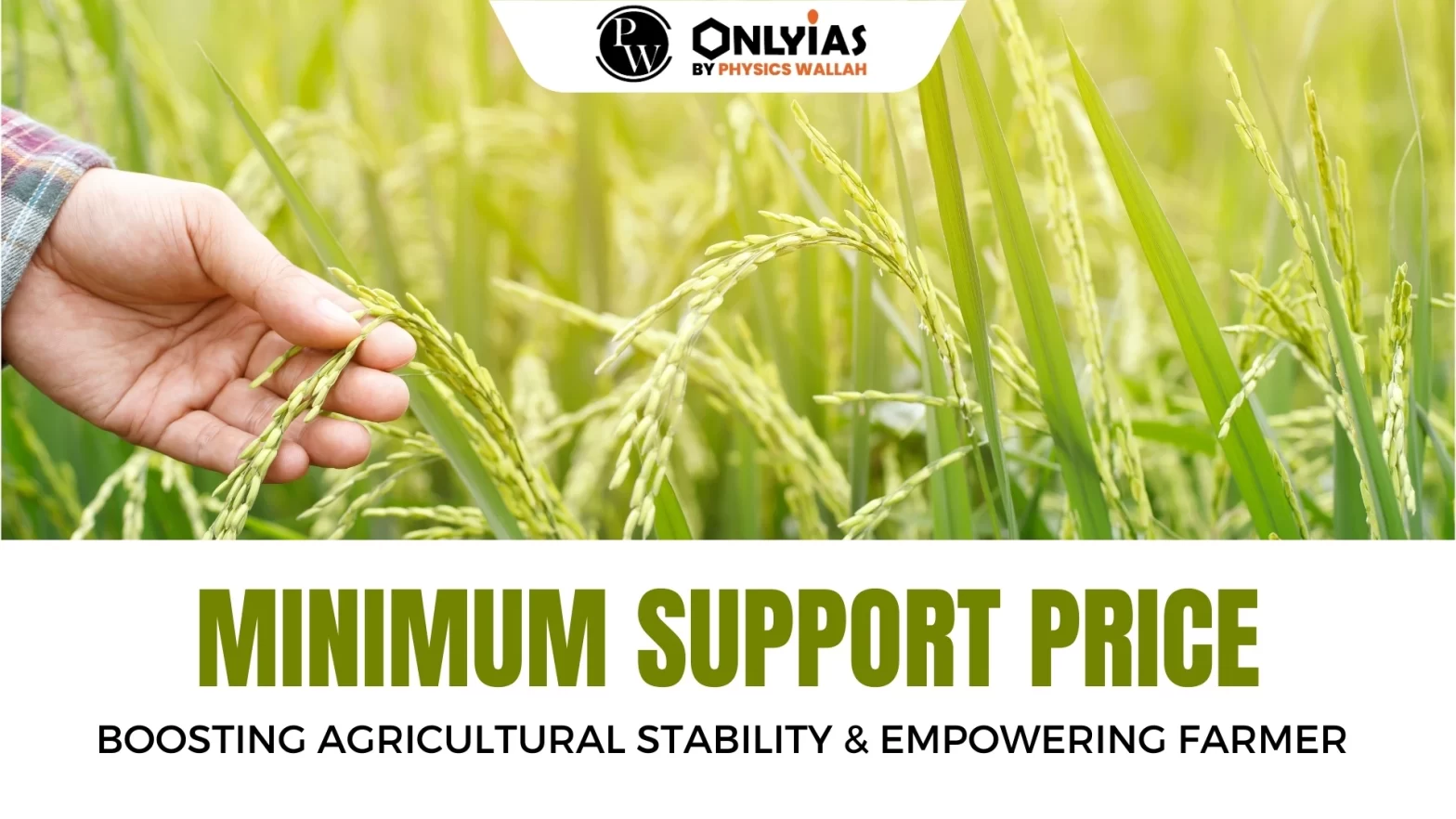Context: The Union Cabinet chaired by the Prime Minister has approved an increase in the minimum support prices Minimum Support Price for all mandated rabi crops for the 2024-25 marketing season.

Also Read: Cabinet Raises MSP for Six Rabi Crops for Marketing Season 2024-25
CACP:
CCEA:
|
About Fair and remunerative price (FRP):
|
|---|
Must Read Article on MSP: Minimum Support Price (MSP)
| Must Read | |
| NCERT Notes For UPSC | UPSC Daily Current Affairs |
| UPSC Blogs | UPSC Daily Editorials |
| Daily Current Affairs Quiz | Daily Main Answer Writing |
| UPSC Mains Previous Year Papers | UPSC Test Series 2024 |
MSP, or Minimum Support Price, is the rate at which the government purchases crops from farmers, ensuring a minimum price for their produce.
The MSP system was initiated in 1966-67 for wheat and later expanded to include essential food crops, offering price stability to farmers.
MSP is fixed by CACP (Commission for Agricultural Costs and Prices) based on factors like cost of production, market trends, and input prices.
MSP provides economic stability to farmers, prevents exploitation, safeguards against market fluctuations, and ensures a balanced agricultural output.
Overemphasis on wheat and paddy MSP leads to issues like declining groundwater levels and increased salinity, notably in states like Punjab.
Intermediaries, like middlemen and APMC officials, create complexities for smaller farmers, hindering their access to MSP benefits.
MSP ensures stable supply, preventing drastic price fluctuations, which, if unchecked, could lead to increased prices for consumers.
MSP covers 22 mandated crops, including cereals, commercial crops, oilseeds, and pulses, offering price support and stability to farmers.
<div class="new-fform">
</div>
